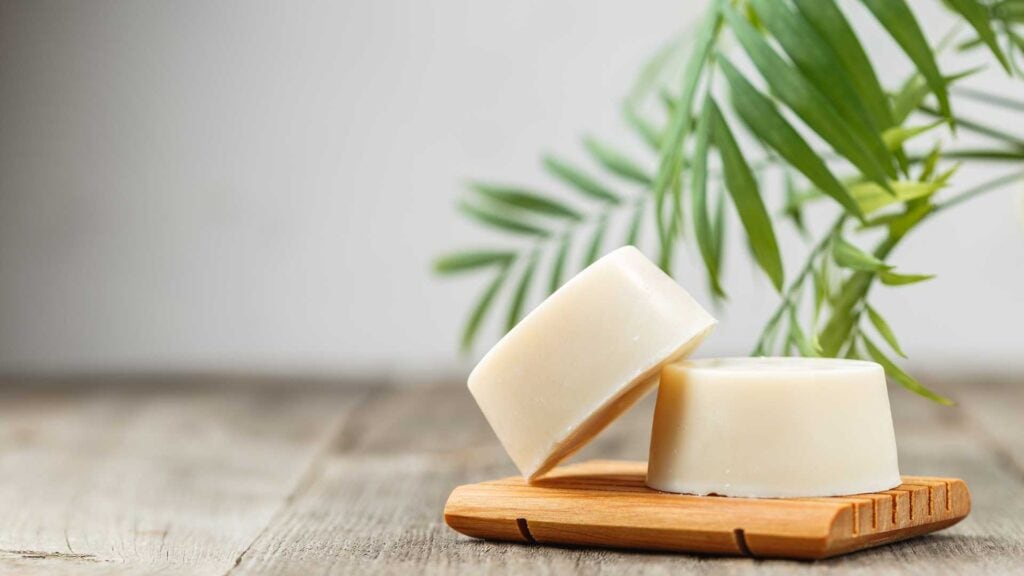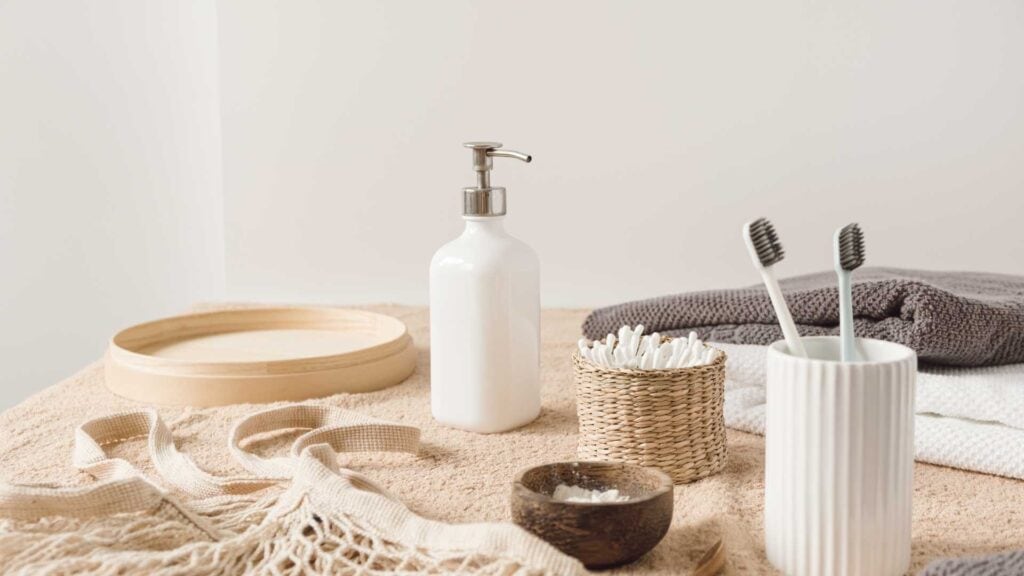Incorporating eco-friendly features into your bathroom renovation is not only beneficial for the environment but also for your home’s long-term sustainability and efficiency. As awareness of environmental issues grows, many homeowners are seeking ways to reduce their ecological footprint, and the bathroom is an ideal place to start. By making conscious choices about materials, water usage, and energy consumption, you can create a stylish and sustainable bathroom.
One of the most impactful ways to incorporate eco-friendly elements into your bathroom renovation is by focusing on water conservation. Installing low-flow faucets, showerheads, and dual-flush toilets can significantly reduce water usage without compromising performance. Additionally, considering water-efficient fixtures and appliances, such as a tankless water heater, can further decrease your household’s water consumption. These small changes can lead to substantial savings on water bills and contribute to conserving this precious resource.
Another important aspect of an eco-friendly bathroom renovation is the selection of sustainable materials. Opting for recycled, reclaimed, or rapidly renewable materials like bamboo, recycled glass, or sustainably sourced wood for your countertops, flooring, and cabinetry can reduce the environmental impact of your renovation. Additionally, using non-toxic paints, sealants, and adhesives can improve indoor air quality, creating a healthier environment for you and your family. Integrating these eco-friendly features allows you to enjoy a beautifully renovated bathroom that aligns with your commitment to environmental stewardship.
Summary
Incorporating eco-friendly features into your bathroom renovation benefits both the environment and your home’s sustainability. Start by focusing on water conservation through low-flow faucets, dual-flush toilets, and water-efficient appliances. Consider energy efficiency with LED lighting, tankless water heaters, and proper insulation. Choose sustainable materials like bamboo, recycled tiles, and low-VOC paints for healthier indoor air. Additionally, ventilation can be enhanced with energy-efficient exhaust fans or natural ventilation options. By integrating these eco-friendly strategies, you can create a stylish, sustainable, and cost-effective bathroom that reduces your ecological footprint.
Why Choose an Eco-Friendly Bathroom Renovation?
An eco-friendly bathroom renovation offers several benefits beyond reducing your environmental impact. These include:
- Cost savings: Sustainable upgrades often lead to lower water and energy bills.
- Healthier living environment: Eco-friendly materials reduce the presence of harmful chemicals and toxins in your home.
- Increased property value: Many buyers are looking for homes with green features, which can boost your property’s resale value.
Now, let’s dive into the specific strategies you can use to create an eco-friendly bathroom.
Sustainable Material Choices
Choosing sustainable materials for your bathroom renovation is key to reducing the environmental impact of your renovation. Sustainable materials are typically renewable, recycled, or have a lower environmental footprint than conventional options.
Select Eco-Friendly Flooring
Eco-friendly flooring options are both stylish and sustainable. Some excellent choices include:
- Bamboo: Bamboo is a rapidly renewable resource that’s durable and resistant to moisture, making it ideal for bathrooms.
- Cork: Cork is harvested from the bark of cork oak trees, making it a renewable material. It’s also naturally antimicrobial and provides excellent insulation.
- Recycled tiles: Tiles made from recycled glass or ceramic are another great option, offering durability and style while reducing waste.
Use Low-VOC Paints and Sealants
Many conventional paints and sealants emit volatile organic compounds (VOCs), which can be harmful to both your health and the environment. Low-VOC or VOC-free paints and sealants are much safer and help improve indoor air quality.
Opt for Recycled or Reclaimed Materials
Incorporating recycled or reclaimed materials into your bathroom renovation reduces the demand for new resources and prevents waste from ending up in landfills.
- Recycled glass countertops: These are made from recycled glass and resin, offering a unique and eco-friendly alternative to traditional materials.
- Reclaimed wood: Using reclaimed wood for cabinetry or shelving gives your bathroom a rustic charm while promoting sustainability.
Eco-Friendly Fixtures And Fittings
When selecting fixtures and fittings for your bathroom, consider their environmental impact. Choosing eco-friendly options can contribute to a more sustainable renovation.
Opt for Sustainable Tapware
Sustainable tapware is made from eco-friendly materials and designed to conserve water.
- Brass and stainless steel: These materials are durable, recyclable, and have a lower environmental impact than plastic or chrome-plated options.
- Water-saving taps: Look for taps with flow restrictors or aerators to reduce water usage without compromising performance.
Choose Recycled or Recyclable Fixtures
Consider fixtures made from recycled or recyclable materials. These fixtures reduce waste and minimise the environmental impact of your bathroom renovation.
- Recycled metal taps and showerheads: These can add a modern touch to your bathroom while promoting sustainability.
- Recyclable bath and shower trays: Some manufacturers offer bath and shower trays made from recyclable materials, which can be reprocessed at the end of their life cycle.
Sustainable Bathroom Design And Layout
The overall design and layout of your bathroom can also impact its environmental footprint. Thoughtful planning can reduce waste, improve energy efficiency, and create a more sustainable space.
Consider a Compact Design
A compact bathroom design uses fewer materials and resources, making it inherently more sustainable. Heat and light also require less energy, reducing your household’s overall environmental impact.
Maximise Natural Light
Designing your bathroom to maximise natural light can reduce your reliance on artificial lighting. This can be achieved by:
- Strategic window placement: Place windows where they’ll let in the most natural light, such as above the vanity or in the shower area.
- Using light-reflecting surfaces: Mirrors and light-coloured tiles can reflect natural light around the room, making it feel brighter and more spacious.
Incorporate Water-Efficient Landscaping
If your bathroom has an outdoor connection, consider incorporating water-efficient landscaping into your design. Choose native or drought-resistant plants, and use mulch to retain moisture in the soil, reducing the need for watering.
Conclusion
An eco-friendly bathroom renovation is not only good for the environment but also offers numerous benefits for your home and health. By focusing on water conservation, energy efficiency, sustainable materials, and thoughtful design, you can create a bathroom that’s both stylish and sustainable. Whether you’re making minor updates or embarking on a complete renovation, these strategies will help you incorporate eco-friendly features into your bathroom renovation, ensuring a greener, healthier future for your home.
Frequently Asked Questions
What Should I Include In A Spa-Like Bathroom Renovation?
Consider adding a soaking tub, steam shower, mood lighting, heated floors, and luxurious materials like marble or bamboo for a serene, spa-like atmosphere.
How Do I Choose The Right Mirror For My Bathroom?
The size, shape, and style of your mirrors should complement the design of your bathroom. Consider backlit mirrors for added functionality and aesthetic appeal.
Can I Reuse Or Repurpose Existing Bathroom Fixtures?
Yes, reusing or refinishing fixtures like bathtubs, vanities, or sinks can save money and add a vintage charm to your bathroom renovation.
What Are Some Low-Maintenance Options For Bathroom Surfaces?
Quartz countertops, large-format tiles with fewer grout lines, and water-resistant wall panels are all low-maintenance options that are easy to clean.
What Should I Consider When Adding A Second Bathroom?
Consider the location (near bedrooms or guest areas), the needs of future users, and whether your plumbing and electrical systems can support the addition.



